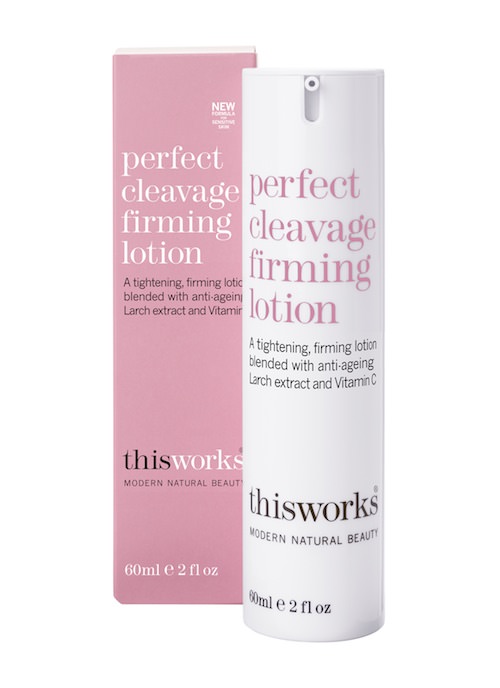Underdeveloped breasts and breastfeeding
Let’s be clear from the start, there is a big difference between small breasts and underdeveloped ones. Ladies with small boobs look great in high neck tops, while a woman with underdeveloped breasts may feel very self-conscious about her widely-spaced, narrow tuberous appendages, and be genuinely worried about her chances of breastfeeding.
What causes underdeveloped breasts?
The term hypoplastic is used to explain that the growth is incomplete, and it can leave an uneven and unusually-shaped bosom. The breasts may appear bulbous at the tip with a large areola, but resemble long empty sacks where the glandular tissue hasn’t fully formed; this condition is also known as Insufficient Glandular Tissue (IGT).
Underdeveloped breasts can be the result of a genetic disorder, which may lie dormant in the genes without showing in close relatives. The other main cause is a hormonal imbalance. This can be anything from a temporary change during puberty, a poor diet, sudden growth spurt or persistent heavy periods, to Polycystic Ovary Syndrome (PCOS) or hypothyroidism, which are on-going issues that should be addressed by an endocrinologist. Links have also been made between hypoplasia and continued exposure to pesticides, as women living in agricultural valleys have disproportionately high incidences of poor gland development.
Can I breastfeed with tuberous breasts?
Appearance aside, if the stunted formation of the mammary gland is due to a lack of progesterone, it is likely to mean minimal milk-producing cells. Although the condition does not rule out the option of breastfeeding, it can make it much harder. You could discuss a course of natural progesterone treatment with your doctor to stimulate glandular tissue growth prior to pregnancy, or consider your options with a lactation consultant before giving birth.
There are a number of tricks a new mum can try to overcome breastfeeding problems to enjoy this bond with her baby, but the following suggestions relate specifically to women with IGT:
- Resolve any underlying metabolic imbalance such as hypothyroidism, PCOS and excess testosterone;
- Have as natural a birth as possible, with as few medications as you can stand;
- Try to feed your baby straight after birth;
- Breastfeed on demand and massage your breasts to increase stimulation;
- Start pumping three days after birth and pump between feeds;
- Use the breast compression technique, external pressure by hand to push milk through the ducts;
- Try natural herbal supplements such as Fenugreek or Blessed Thistle;
If you do manage to breastfeed despite tubular breasts, it is especially important to observe your baby's weight and waste output to make sure that he is getting enough nutrition. If you need to supplement his food, a lactation aid can supply formula to your baby while his continued sucking stimulates your own milk production.
Don’t give up if you are unable to breastfeed the first time around; many women find it easier with their second or third child once their pregnancy hormones have increased their glands.
Many women with underdeveloped boobs understandably consider breast augmentation to improve their self-confidence and image. While surgery can resolve the physical appearance, milk glands cannot be repaired, so if you want to try breastfeeding you should postpone surgery until you have finished weaning your last child, as it will damage glandular tissue further.
Latest Cream Review
Browse Categories
Most popular
Dr. Organic Moroccan Argan Oil Breast Firming Cream Review
Dr. Ceuticals Bust Boost Review
UK beaches uncovered: The topless top five
Palmer’s Cocoa Butter Bust Cream Review
The politics of breasts: Know your rights
Strapless, backless or plunging – bra solutions for every dress dilemma
Nutrition and lifestyle for breast cancer prevention


